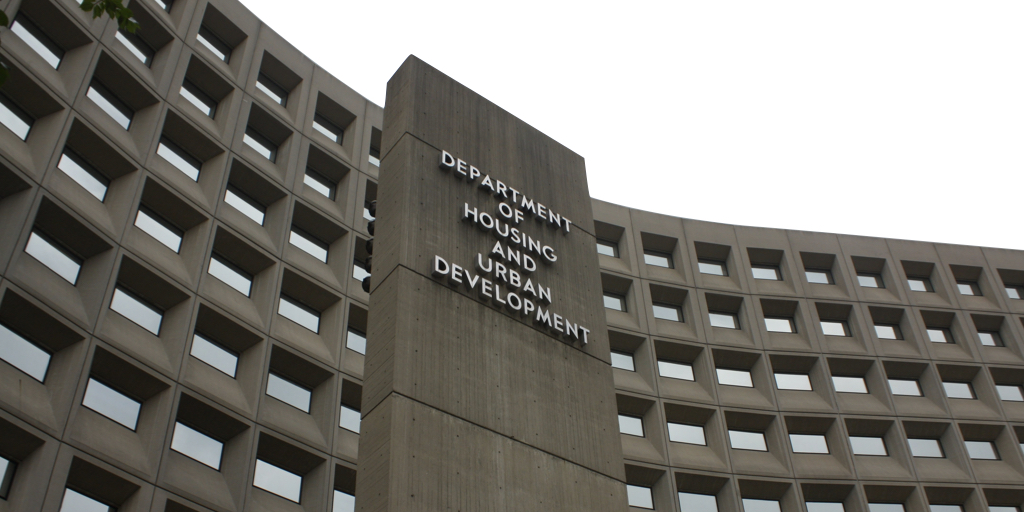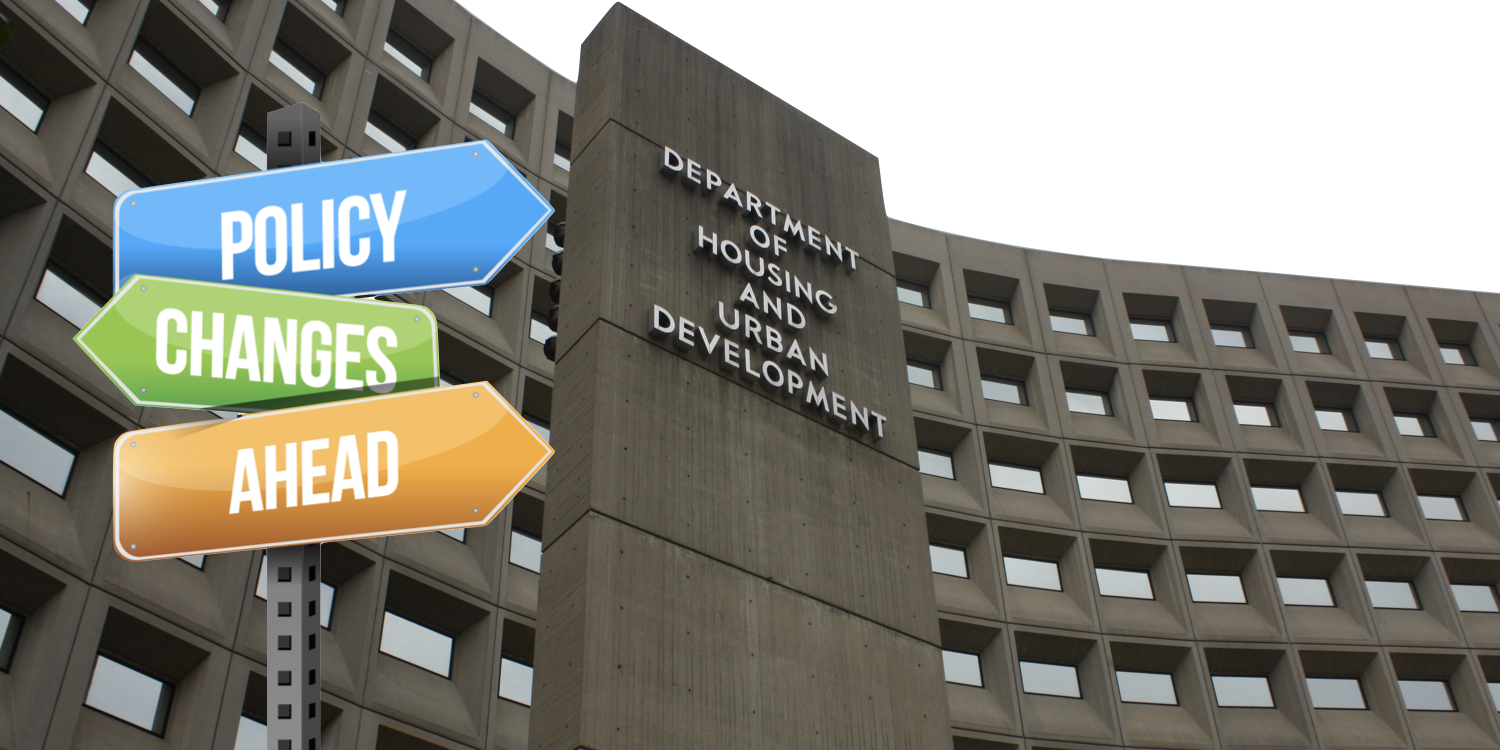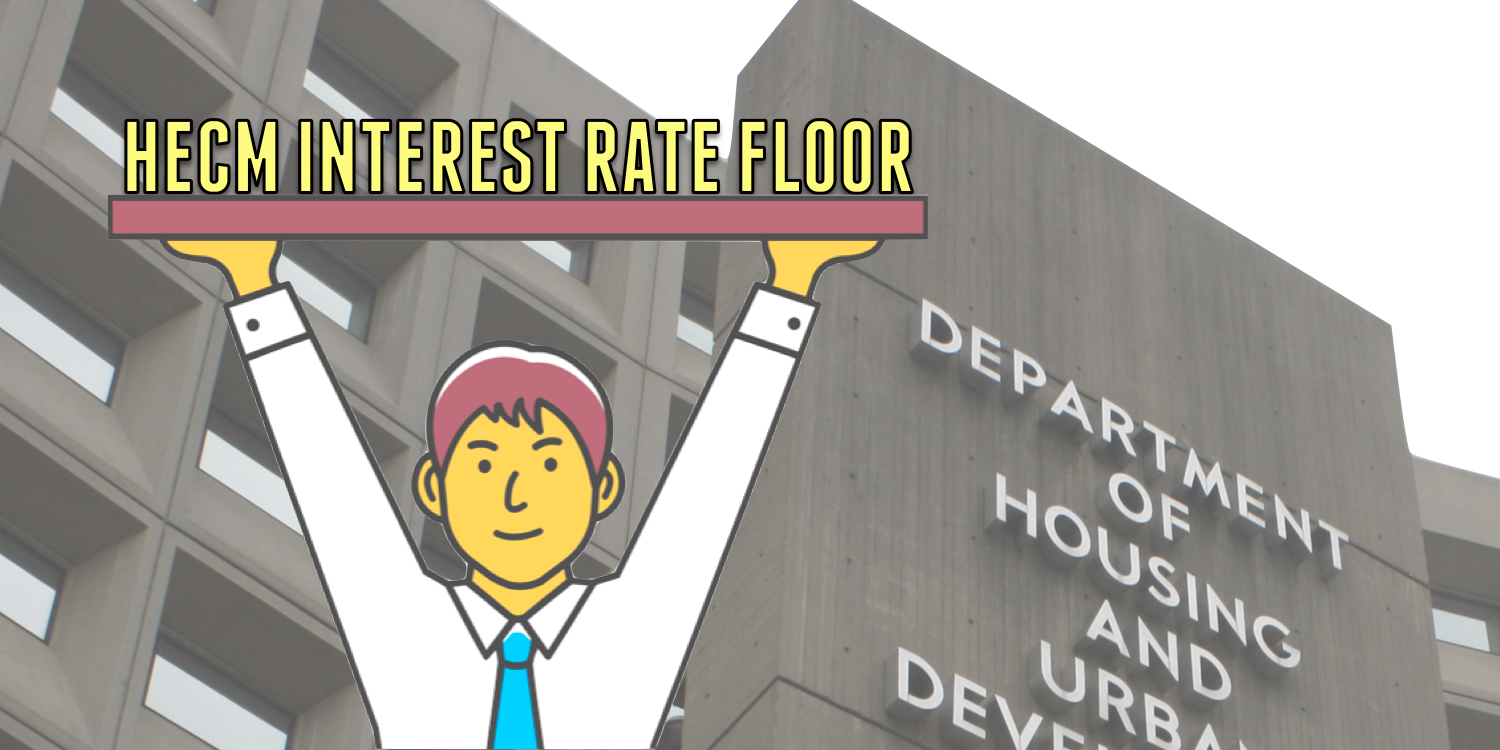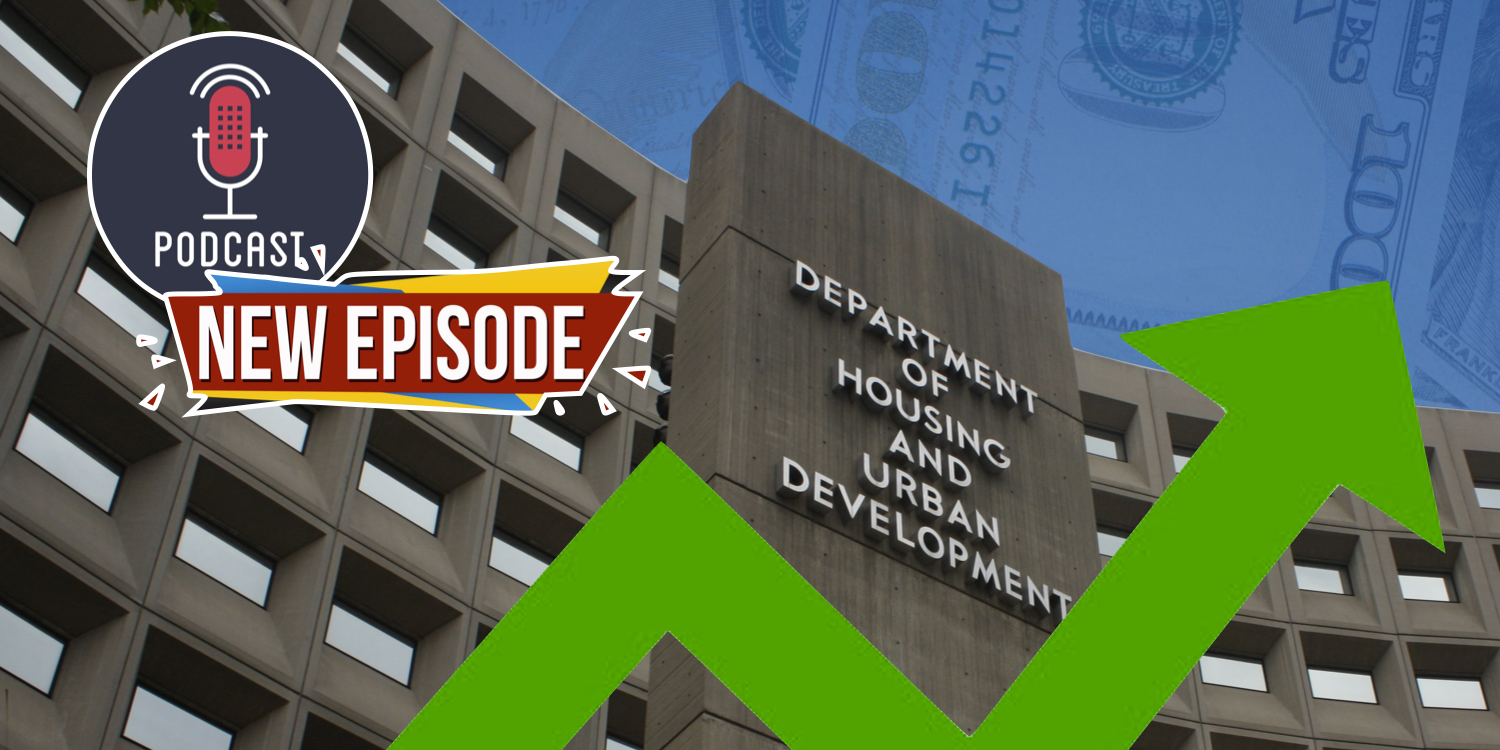A proposed CFPB rule would provide homeowners with increased foreclosure protections.
Continue readingThe Inheritance Illusion
The expectations of older homeowners when willing their home to their children is often an illusion.
Continue readingHave decades of HECM reforms worked?
Have decades of HECM reforms had their desired effect? We examine key HECM policy changes, their impact, and effectiveness.
Continue readingHUD curtails some H4P concessions
Many older American homeowners now find themselves stuck in their homes being unable to…
Continue readingHECM Regional Limits? A look at HUD’s Legislative Requests
FHA’s proposed HECM policy changes: What you need to know
Here are the key proposed policy changes for the HECM that every reverse mortgage originator should understand and communicate with borrowers who may find themselves in these specific situations.
Continue readingIt’s time to raise the interest rate floor
Why it’s time for HUD to increase the HECM’s interest rate floor.
Continue readingThe HECM’s 2021 performance likely best 2020
Unable to use the embedded player? Listen here.
EPISODE #695
It’s less about preserving equity and more about cash flow
With millions of first-time homebuyers finding few suitable housing options and tenants enduring the ravages of rent hikes, some are sitting on a mountain of home equity whilst needing a significant boost to their monthly cash flow.
.
Other Stories:
-
HECM is an important part of HUD providing housing stability- MMI fund may show marked improvement
-
How To Avoid Reverse Mortgage Lending Traps
The Reverse Mortgage PARADOX
Despite being a government-sponsored and supervised loan reverse mortgages are rarely mentioned by housing agencies when discussing senior housing insecurity, foreclosure risks, and quality of life. It’s the reverse mortgage paradox.
Continue readingIs the HECM Durable or a Drain?
Despite improvements, the HECM remains a reliable target of fiscal scrutiny
In its Fiscal Year, 2020 Financial Report the Department of Housing and Urban Development called out the HECM program saying it ‘undermines’ the financial soundness of FHA’s Mutual Mortgage Insurance Fund which backs both HECMs and traditional FHA loans. There have also been repeated statements that the program is being subsidized by traditional FHA mortgages- a claim that has been recently challenged in a recent blog post by New View Advisors writing,
[read more]
“We think Forward Mortgage does not subsidize Reverse Mortgage now any more than Reverse Mortgage subsidized Forward Mortgage in 2009. A true subsidy would mean outsized realized HECM losses, and a compelling case that this will continue. This is not demonstrated in the report.” New View concluded by referencing a recent revision to the Actuarial review of FHA’s insurance fund. That revision increased the HECM’s economic net worth in the MMI fund from a negative $5.4 billion to a positive $1.268 billion. That revision was made after Jim Veale- an industry watcher and HECM originator contacted Pinnacle Actuaries in late November. Veale noted a discrepancy between the actuaries calculation of Total Capital Resources of a negative $5.64 billion versus a positive $1.597 billion shown in HUD’s report to Congress. As a result, Pinnacle updated their report which now has added $7 billion dollars to make the HECM’s economic net worth a positive $1.2 billion. This strengthens the argument that the HECM is presently not a drag on the overall FHA fund which backs the program.
Looking back the HUD’s recent annual report released December 4th, one area of concern that rightly deserves focused effort and attention is monitoring the servicers of loans that have been been placed into assignment with HUD. That oversight is crucial as HUD states the majority of losses from Type 1 claims are the result of the borrowers no longer occupying the home as their primary residence (or in some cases even living in the property at all) and the failure to pay property charges such as taxes and insurance. Such instances call for active and prompt intervention by assigned HUD servicing vendors to preserve the economic values of properties, and preventing occupancy fraud- both which stand to substantially contribute to continued and avoidable insurance claims and losses.
HUD Secretary Ben Carson’s comments became somewhat political in the December 9th official HUD press release which accompanied the agency’s financial report which reads in part, “When an institution becomes insulated from the success or failure of its policies, it loses its incentive to operate efficiently. Private businesses, while engaged in different work than the federal government, do not have the luxury of being protected from their failures or maintaining damaging courses of action,” adding, “Irv Dennis was able to accomplish the impossible task of providing the financial stability that had gone left unchecked for so many years.” Keep in mind, January will bring us a new administration and agency heads which are certain to have a direct impact on housing policy and the HECM program.
Setting politics aside much has been accomplished to improve the HECM program since the great recession of 2009. However, merely increasing oversight of lenders. “HUD must strengthen its effort to ensure that the lenders participating in the HECM program comply with its regulatory and administrative requirements and minimize claim costs” reads the agency’s 2020 financial report. With very few notable exceptions, HECM lenders have worked closely with HUD to ensure ethical and efficient lending to today’s older homeowners. Chances are that the largest liabilities to the economic value of the program can be found in the servicing of assigned loans for non-compliant borrowers as mentioned earlier, and reexamining the structural change of upfront FHA insurance premiums charged made in October 2017.
[/read]















